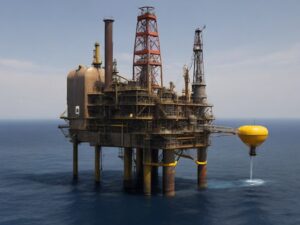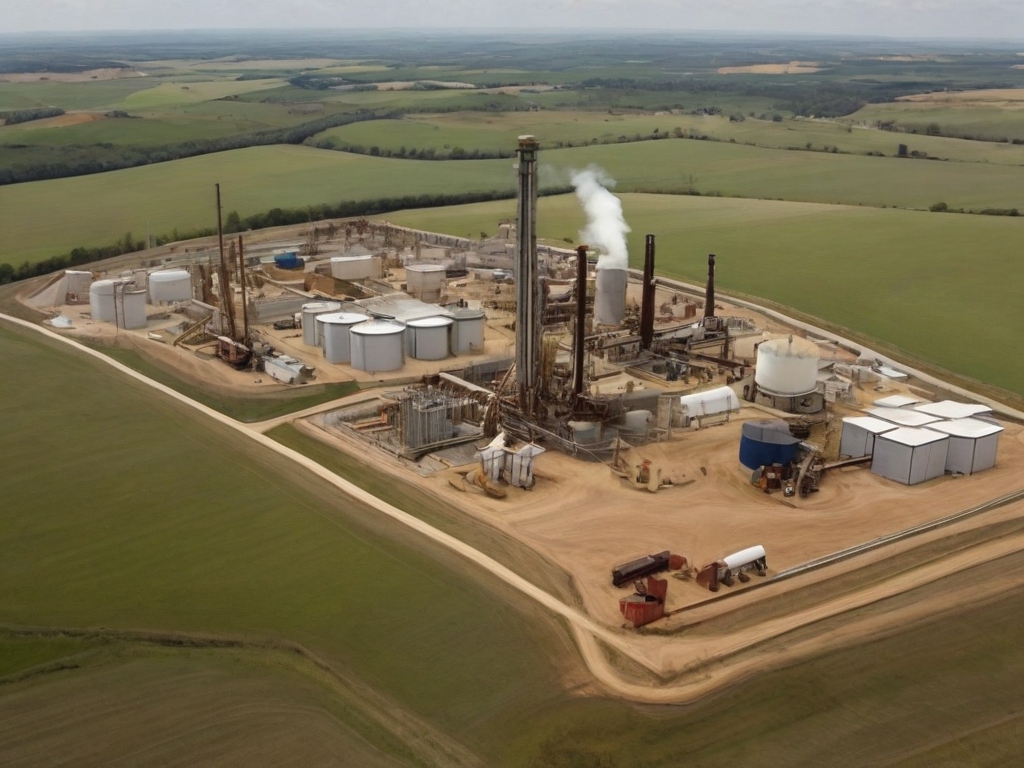As the world becomes more conscious of the need for sustainable practices, corporations are increasingly being held accountable for their actions. This is where Corporate Social Responsibility (CSR) comes into play. CSR refers to a business model that helps companies be socially accountable to themselves, their stakeholders, and the public. One area where CSR is particularly relevant is in the realm of Class 1 Divisions, a classification system used in hazardous locations. This article, brought to you by the Intrinsically Safe Store, will delve into the impact of Class 1 Divisions on CSR. We invite you to visit our website to learn more about our commitment to safety and sustainability.
Understanding Class 1 Divisions
Class 1 Divisions are classifications used in the United States and Canada to denote areas where flammable gases, vapors, or liquids may be present. These areas require special equipment and safety measures to prevent accidents and protect workers. Companies operating in these areas have a heightened responsibility to ensure safety and sustainability, which directly ties into their CSR initiatives.
Class 1 Divisions and CSR: The Connection
Companies operating in Class 1 Divisions have a unique set of challenges when it comes to CSR. They must ensure the safety of their employees, minimize environmental impact, and maintain transparency with stakeholders. Here are some ways in which Class 1 Divisions impact CSR:
- Safety: Companies must invest in intrinsically safe equipment and rigorous safety protocols to protect their employees. This commitment to safety is a key aspect of CSR.
- Environmental Impact: The potential for spills or leaks in these areas can have devastating environmental consequences. Therefore, companies must take steps to prevent such incidents and mitigate their environmental footprint.
- Transparency: Stakeholders expect transparency about the risks associated with operating in these areas and the measures taken to mitigate them. This openness is a crucial part of CSR.

Case Study: The Oil and Gas Industry
The oil and gas industry is a prime example of a sector that operates in Class 1 Divisions and has a significant impact on CSR. Companies in this industry have faced criticism for their environmental impact and safety records. However, many have taken steps to improve their CSR initiatives. For instance, BP has committed to becoming a net zero company by 2050 or sooner, and Chevron has invested in technologies to reduce flaring and venting of natural gas.
The Role of Class 1 Divisions in Shaping CSR
Class 1 Divisions play a significant role in shaping a company’s CSR initiatives. Companies operating in these areas have a heightened responsibility to ensure safety, minimize environmental impact, and maintain transparency. By doing so, they can contribute to a more sustainable and socially responsible business landscape.
At the Intrinsically Safe Store, we understand the importance of safety and sustainability in Class 1 Divisions. We offer a range of intrinsically safe products designed to meet the unique challenges of these areas. If you have any questions or need assistance, please contact us. We’re here to help.


























